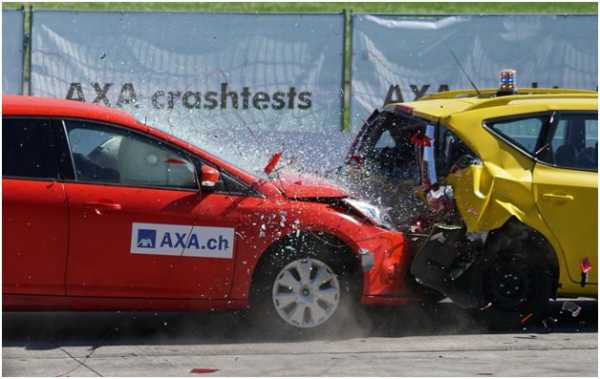Rear-end collisions can be a major headache and troublesome to deal with as drivers usually think the other person is at fault. That is why a Rear-end Collisions Lawyer will come in handy if you think the other person is to blame but won`t admit it. There is also the presumption that the driver who rear-ended the car in front is always at fault no matter what the situation is. The common argument here is that the car in the back should have kept its distance or should have kept a lower rate of speed.

However, the driver in the rear is not always at fault for a rear-end accident because car accidents can unfold in a variety of ways depending on the circumstances on the road. In these types of situations, it is best to view a rear-end collision from a neutral standpoint and seek legal advice to navigate the insurance claims process.
Negligence in Car Accidents
In most cases, the root cause of a rear-end accident is the negligent behavior of a driver that failed to display a certain level of care while driving. In order to prove that a driver of a motor vehicle was negligent, it must be evident that they failed to uphold their duty of care on the road.
Drivers can show their negligent behavior in several ways such as failing to stop within a certain amount of time or failing to drive at a reasonable speed. Recklessness also plays an important role in determining who is at fault in a rear-end collision. For example, a driver can be speeding and start tailgating several other vehicles while constantly switching lanes.
Establishing the Premise for Who`s At Fault
In a rear-end collision, the driver in the back will usually be determined to be at fault. Every driver has a legal duty to follow other drivers at a safe distance. However, there are drivers who stop suddenly and unexpectedly, slow down abruptly, or come to a complete stop to avoid something on the road like a piece of debris.
Adversely, the driver of the vehicle in front can be at fault for negligent behavior as well. The leading vehicle can stop suddenly to make a turn but at the last minute can cancel the turn causing the vehicle in the back to hit their rear bumper. Another instance may be that a driver`s brake lights are not working, thus making it difficult to identify when the vehicle is slowing down or coming to a complete stop.
Comparative and Contributory Negligence
If more than one person is at fault in a car accident, the outcome of the settlement will vary from state to state. Courts will evaluate the accident utilizing contributory and comparative negligence guidelines and procedures to make a decision.
A shared-fault verdict is also possible when it is proven that both drivers displayed negligent behavior. For victims that suffered a rear-end collision through no fault of their own, compensation may be rendered that will cover the victim`s medical expenses, damages to the vehicle, including lost wages.

